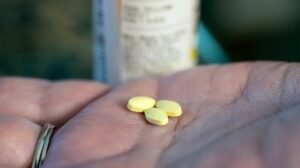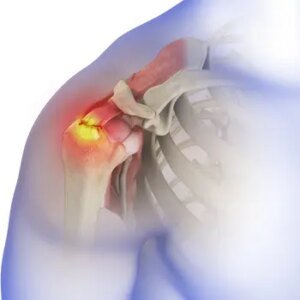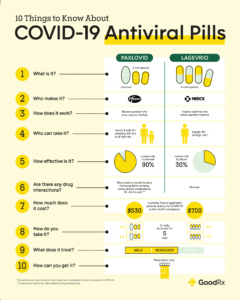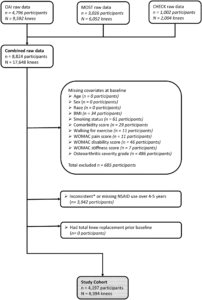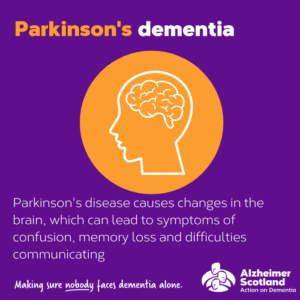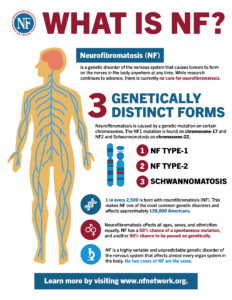Peyronie’s Disease Exercises to Help With Curved Penis

Understanding Peyronie’s Disease: Natural Exercises and At-Home Options
Peyronie’s disease (PD) is a connective tissue disorder that causes a noticeable curve in the penis, typically during an erection. This condition often starts with mild pain and may progress to more severe symptoms, including erectile dysfunction (ED). While medical treatments like injections and surgery are available, some individuals explore natural exercise routines as complementary options.
⚠️ Note: These exercises should always be supervised or approved by a medical professional.
Can Exercises Help With a Curved Penis?
What Causes Peyronie’s Disease?
PD usually affects men between ages 40 and 60, though it can occur earlier or later. The condition is typically acquired but may have hereditary links. Research has also shown an association between PD and Dupuytren’s contracture, a hand deformity.
Common Symptoms
-
Curved or bent erections
-
Pain in the penis, especially during erections
-
Erectile dysfunction
-
Palpable scar tissue or hardened plaques
The Two Phases of Peyronie’s Disease
Acute Phase
This stage involves the formation of fibrous scar tissue (plaque) and noticeable curvature. It typically lasts between 5 to 18 months.
Chronic Phase
The curvature and plaque stabilize in this phase. Pain usually subsides, but erectile dysfunction may persist. Treatment strategies differ based on which stage you’re in.
Penile Exercises and Massage: Do They Work?
Stretching Exercises
Gentle stretching may help reduce curvature and improve flexibility. Penile traction therapy (PTT), which uses specialized devices to apply tension, has shown promise in the early stages of PD.
Therapeutic Massage
Massage may assist in breaking down scar tissue when done correctly. However, improper techniques can worsen the condition. Always consult a urologist before attempting massage therapy for PD.
Jelqing and Manual Stretching: Risky or Helpful?
What Is Jelqing?
Jelqing, also known as “milking,” involves manually stretching the penis to create tiny micro-tears, theoretically leading to lengthening as it heals. Despite its popularity online, this method is highly controversial and potentially dangerous.
Potential Risks of Jelqing
-
Penile pain and bruising
-
Worsening of curvature
-
Erectile dysfunction
-
Scar formation
Medical advice is strongly recommended before trying any manual stretching technique.
Penile Traction Therapy (PTT)
PTT involves wearing a traction device on the penis daily for a specific duration. The device gradually applies tension with the goal of straightening the penis and reducing curvature.
Effectiveness and Limitations
-
Most effective in the acute phase
-
Often combined with other treatments
-
Possible side effects: bruising, pain, or worsening deformity
-
Mixed results in long-term correction
Vacuum Erection Devices (VED)
A VED, or penis pump, uses suction to increase blood flow and stretch the penis. Though primarily used for ED, it may also help improve PD symptoms.
Evidence Supporting VEDs
A 2020 study showed men using VEDs experienced a notable improvement in curvature. While more research is needed, early findings are promising.
Advanced Treatment Options for Peyronie’s Disease
When natural exercises or devices aren’t enough, medical and surgical options are available.
FDA-Approved and Clinical Treatments
-
Xiaflex (Collagenase Clostridium Histolyticum): Injectable enzyme that breaks down plaque
-
Verapamil and Interferon Injections: Reduce plaque size and pain
-
Shockwave Therapy: Uses focused sound waves on scar tissue
-
Surgery (Plication, Grafting, or Implantation): Reserved for severe cases
-
Oral Medications: Potaba (potassium para-aminobenzoate) may assist with plaque reduction
Mental Health and Peyronie’s Disease
PD can significantly affect mental well-being. Studies suggest up to 80% of individuals with PD experience depression or anxiety. Seeking mental health support is as important as addressing the physical aspects of the condition.
When to See a Healthcare Provider
If you notice unusual curvature, pain, or difficulty with erections, it’s important to consult a medical professional. Early diagnosis and intervention can lead to better outcomes.
Risk Factors for Peyronie’s Disease
-
Age 40+
-
Obesity or diabetes
-
Vascular conditions like atherosclerosis
-
Smoking or high cholesterol
-
Trauma to the penis
-
History of prostate cancer treatment
-
Autoimmune diseases (e.g., lupus)
Conclusion: Exercises Alone Aren’t Enough
While stretching routines and devices may offer some relief, they are not guaranteed cures. Peyronie’s disease is best managed under the guidance of a healthcare provider who can offer a combination of physical, medical, and psychological support.
💡 Frequently Asked Questions
Getty Illustrations or photos
Can Workout routines Aid a Curved Penis?
Answer coming soon. We are working on detailed responses to this common question.
⭐ Expert Tips
- Include seasonal or trendy variations to keep your meals exciting.
- Highlight prep shortcuts or time-saving techniques for busy cooks.
- Consider dietary restrictions and include substitution suggestions.
✅ Key Takeaways
- These dinner ideas are perfect for impressing guests or enjoying special occasions.
- Choose recipes that match your skill level and available kitchen tools.
- Presentation and taste both contribute to a memorable dining experience.
📣 Join Our Community
Want more inspiration like this? Subscribe to our newsletter for weekly dinner ideas and cooking tips!

